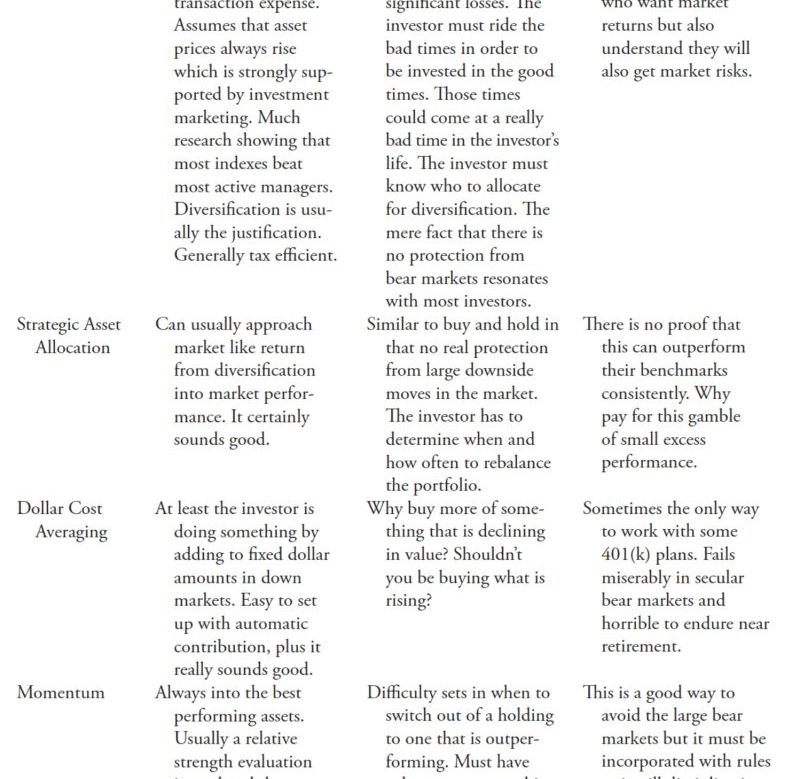Investing with the Trend – A Pathway to Financial Success
Part 1: Understanding the Market Trend
Before delving into the realm of investing with the trend, it is essential to comprehend what exactly the market trend is and why it holds significant value in the world of finance. The market trend is essentially the general direction in which the prices of financial instruments are moving over a specific period. Identifying and understanding the market trend is crucial for any investor as it can impact the success or failure of investment decisions.
There are three main types of market trends: uptrend, downtrend, and sideways trend. An uptrend signifies a consistent increase in prices over time, indicating a bullish market sentiment. A downtrend, on the other hand, indicates a consistent decrease in prices, reflecting a bearish market sentiment. Lastly, a sideways trend, also known as a range-bound market, implies that prices are fluctuating within a particular range without any significant directional movement.
Part 2: Examining the Benefits of Investing with the Trend
Investing with the trend is a strategy employed by many successful investors and traders due to its numerous benefits. One of the primary advantages of following the market trend is that it helps investors capitalize on the prevailing market sentiment. By aligning one’s investment decisions with the trend, investors can potentially increase their odds of making profitable trades.
Furthermore, investing with the trend can reduce the risks associated with investing against the market trend. Trying to swim against the current can often lead to significant losses, as going against the prevailing market sentiment is usually a challenging and risky endeavor. By following the trend, investors can minimize the impact of market fluctuations and enhance the predictability of their investment outcomes.
Another key benefit of investing with the trend is that it enables investors to ride the momentum of the market. When prices are moving in a particular direction consistently, investors can leverage this momentum to generate higher returns. By identifying the trend early on and leveraging it to their advantage, investors can position themselves for success in the financial markets.
Part 3: Implementing the Trend-Following Strategy
For investors looking to implement a trend-following strategy, there are several key principles to keep in mind. Firstly, it is crucial to use technical analysis tools and indicators to identify and confirm the market trend accurately. Tools such as moving averages, trendlines, and momentum oscillators can help investors determine the direction of the trend and make informed investment decisions.
Secondly, it is essential to establish clear entry and exit points when investing with the trend. Setting specific price levels for entering and exiting trades can help investors manage their risks and maximize their potential profits. By adhering to a disciplined approach and sticking to predetermined trading rules, investors can avoid emotional decision-making and maintain a strategic focus on following the trend.
Lastly, it is vital for investors to stay informed about market developments and continuously monitor the trend to adjust their investment strategies accordingly. Markets are dynamic and constantly evolving, so staying adaptable and responsive to changing trends is essential for long-term investment success.
In conclusion, investing with the trend offers a compelling pathway to financial success for investors who understand and leverage the prevailing market sentiment to their advantage. By aligning their investment decisions with the direction of the trend, investors can enhance their profitability, reduce their risks, and capitalize on market momentum. By following the key principles of trend-following and adopting a disciplined approach to investing, investors can position themselves for success in the dynamic world of finance.

